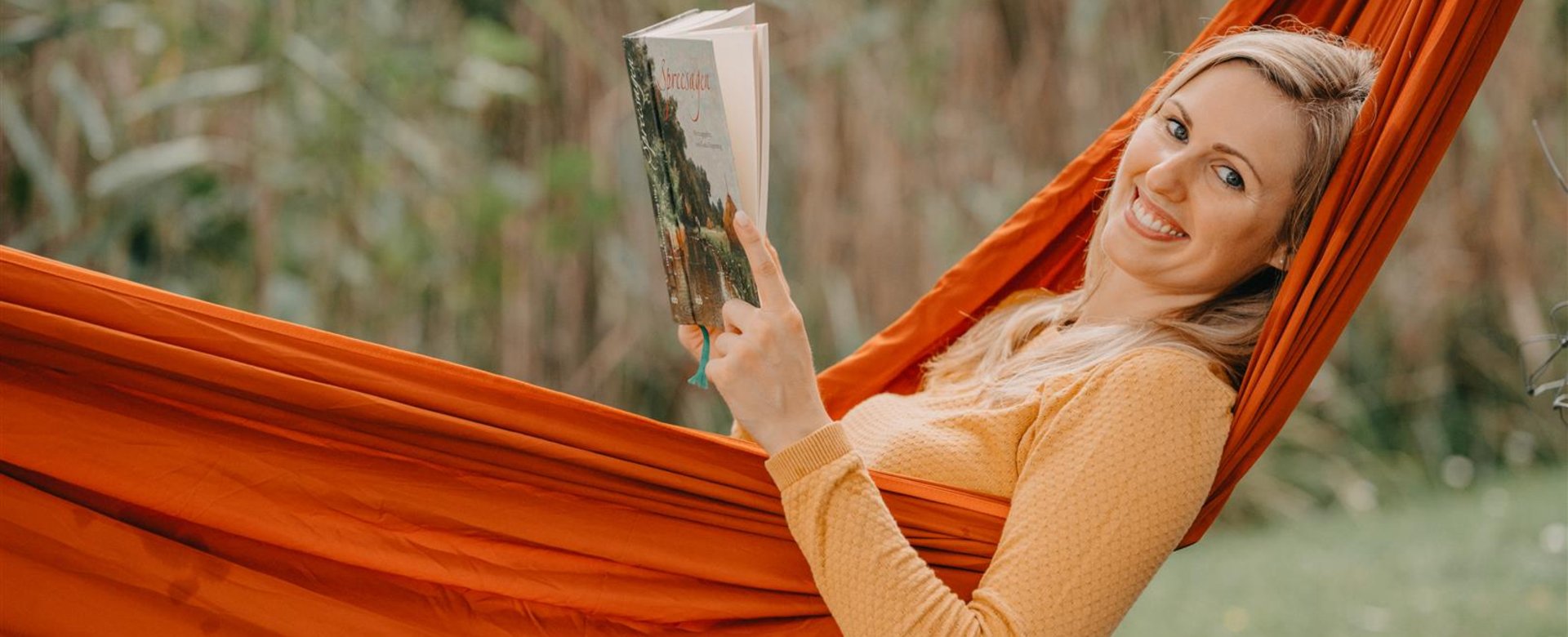Attention museum explorers !
Please note: The following text is an interview or story from a previous year. Please do not draw any conclusions from it about events currently taking place or statistics etc.
Jenny Linke: "A successful museum always inspires its visitors anew!" In Lehde, Brandenburg's oldest open-air museum welcomes its guests to the 19th century and takes them on a journey back in time to the Spreewald of days gone by.In four farm complexes from all over the Spreewald area, you can discover how people in the countryside used to live, live together and work. In contrast, the Spreewald Museum in the old town of Lübbenau shows what life was like in a Spreewald town around 1900. In addition to historic shops and craft workshops, the original Spreewald railway is a particular attraction. We are pleased that we were able to win Jenny Linke from the Museum of the District of Oberspreewald-Lausitz for our interview. Ms Linke, what makes the Open Air Museum Lehde and the Spreewald Museum Lübbenau such a special experience? How do you get people to go to the museum? (J.L.): Every object that we preserve in our collection and show in the exhibitions is something special - from festive costumes from around 1880 to everyday objects such as crockery or hand tools to a Spreewald railway weighing several tonnes. Each object also tells a story about the life and daily routine of the people who made their home here in days gone by. To immerse yourself in these stories, to imagine the time back then, to get to know the people a little and also to compare their everyday life with our life today, that's what I find so exciting about a visit to the museum. In the Open Air Museum Lehde and the Spreewald Museum there are many opportunities to go on such a journey through time. You can see historical objects and photographs, immerse yourself in the atmosphere of the originally furnished farmhouses, but also try things out for yourself at the adventure sites.
For example, have you ever scrubbed laundry with a washboard and soap or practised walking in clogs? How many visitors do you receive each year? (J.L.):Our four museums welcomed 165,000 guests last year and hopefully sent them home with great memories and experiences they will talk about for a long time. What highlights await the guests this year? (J.L.):From March to mid-April, we will open our collection and show the extraordinary variety of colours of Sorbian Easter eggs in a special exhibition at the Spreewald Museum. You can also meet many artists in person at the Easter Egg Fair on 14 and 15 March. Traditions and customs at Easter time are also the focus of the Easter days at the Open Air Museum in Lehde. If you would like to try your hand at rolling Easter eggs on the whale egg or decorate Easter eggs yourself with hot wax and feathers, this is the place to be. The Spreewald Museum is also hosting the Olsen Gang this summer. A special exhibition takes a look behind the scenes of the cult series and presents not only the films and the actors, but also the film locations and the film team. Are there any expansion or conversion measures planned for the current year? (J.L.): If you want to see historical agricultural machinery, you should plan a visit to the open-air museum in Lehde. In the summer we are expanding our exhibitions with an open-air gallery, under which we can now show the large implements of our collection directly on the farms. What makes a successful museum for you? (J.L.):A successful museum always inspires its visitors anew. Even though our collection is already very old, the education must be modern and appeal to the visitors. This can be done with special guided tours, with programmes in which people try things out for themselves or with exhibition stagings. It works particularly well when the guests can link up with their own memories, for example when grandparents come to the museum with their grandchildren and can talk about their own childhood through the exhibitions. Is there anything else you would like to leave our readers with? (J.L.):Take your time when you visit. When you immerse yourself in another era, you can sometimes forget to look at your watch. It's worth it. Promised.
